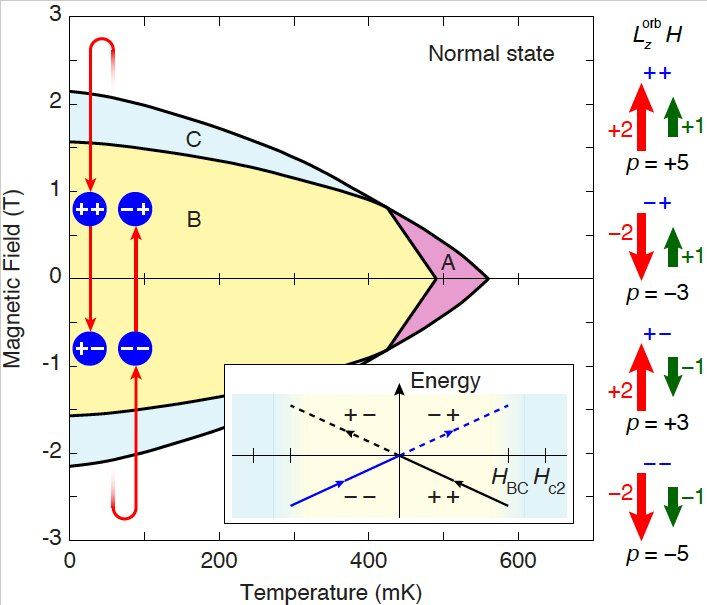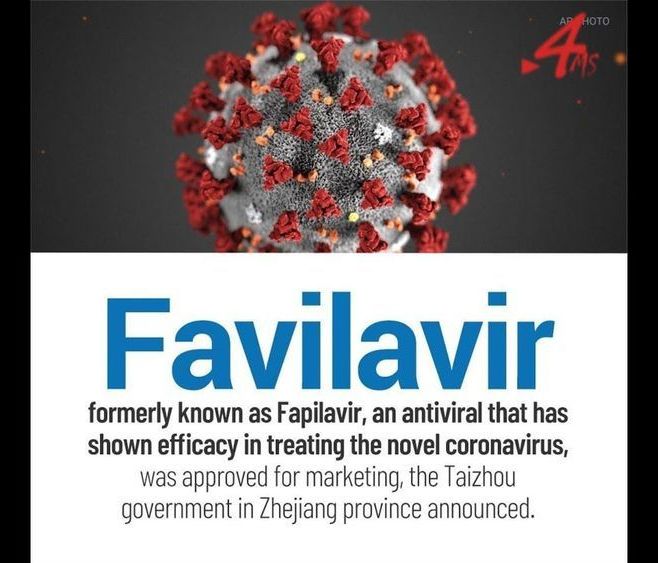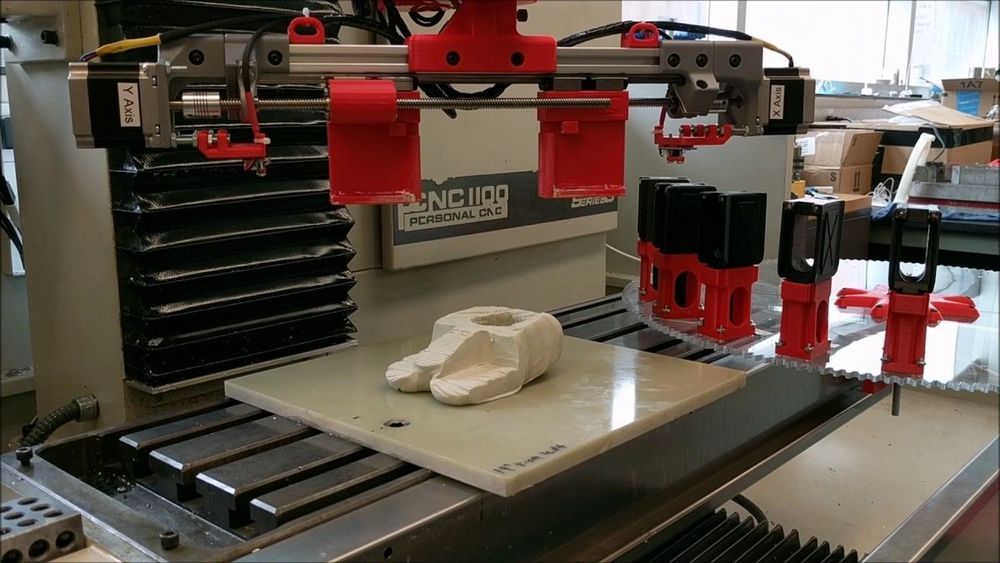Mar 23, 2020
Evidence for broken time-reversal symmetry in a topological superconductor
Posted by Quinn Sena in category: materials
O,.,o woah.
Chiral superconductors are unconventional superconducting materials with distinctive topological properties, in which time-reversal symmetry is broken. Two of the first materials to be identified as chiral superconductors are UPt3 and Sr2RuO4. So far, experimental evidence for broken time-reversal symmetry in both these materials was based primarily on surface measurements collected at a magnetic field equal to zero.
Researchers at the University of Notre Dame and Northwestern University, however, recently set out to gather new evidence for the chiral superconductivity of the material UPt3, moving beyond surface measurements at conditions with a zero magnetic field. Their paper, published in Nature Physics, contains the results of truly bulk measurements of UPt3 with an applied magnetic field, which provide direct evidence of broken time-reversal symmetry in the material.
Continue reading “Evidence for broken time-reversal symmetry in a topological superconductor” »


















